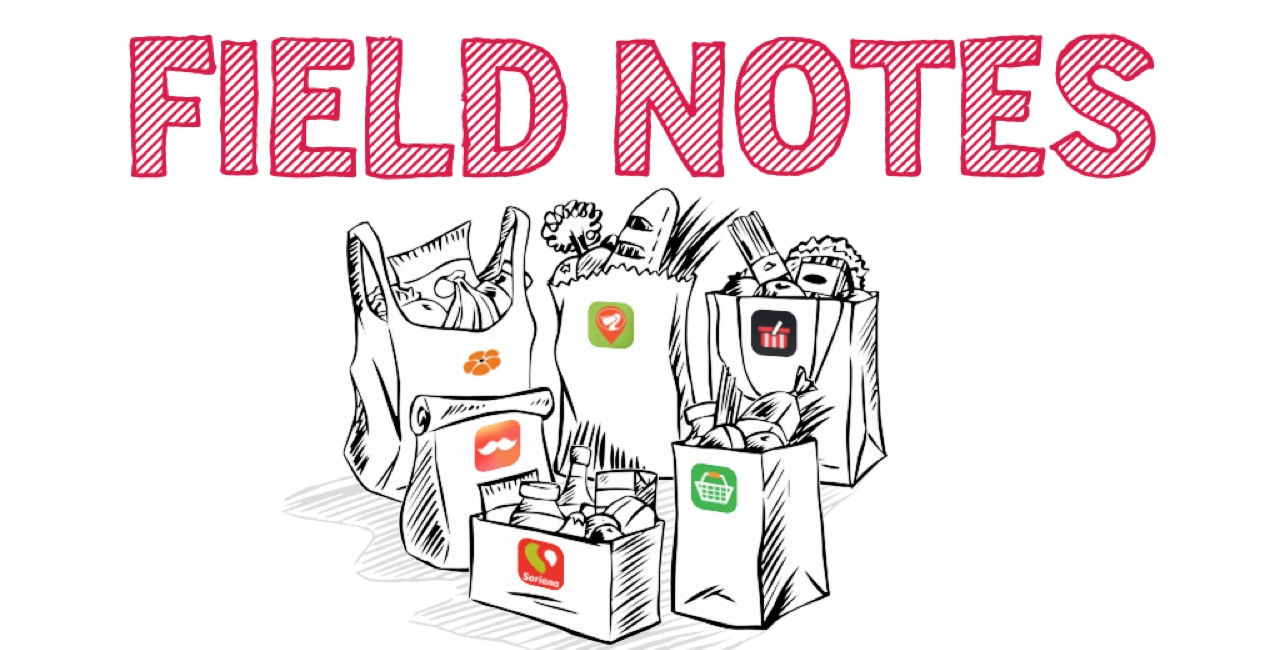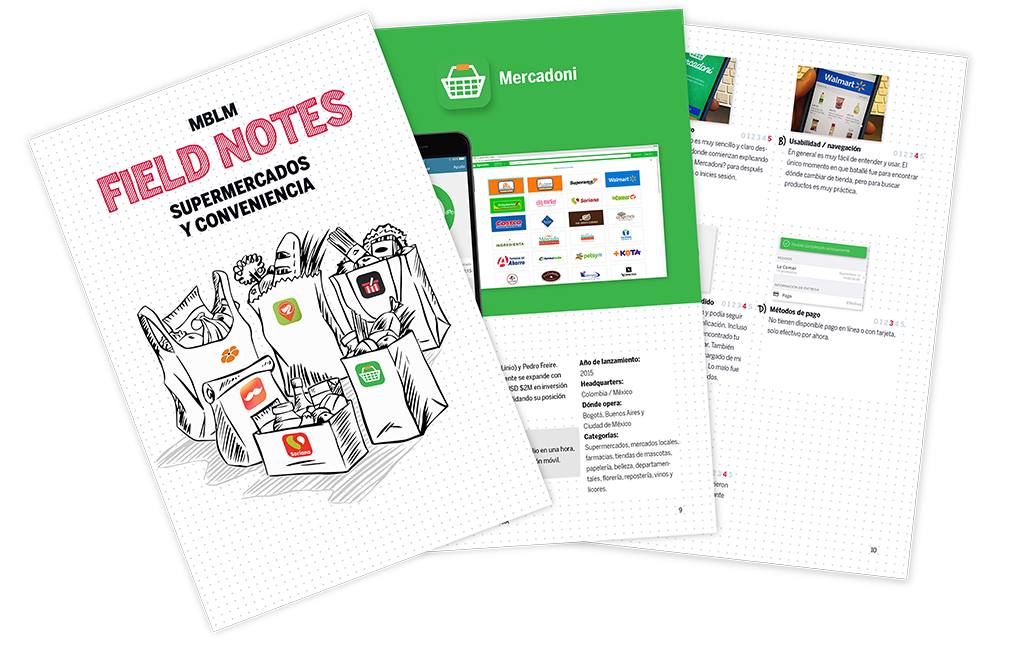CONTEXT
Why would anyone want to go to the supermarket?
Long hours, family duties, or having a favorite activity after work are some of the reasons that make it difficult, if not impossible, to go to the supermarket.
Buying on the internet or from the mobile phone has many advantages, such as not having to physically move to the store, do not carry the bags or avoid queues and crowds of businesses. Why would anyone want to go to the supermarket? Well, online purchase also has drawbacks, or had them, until now. The use of technology has led to a series of new initiatives that allow you to personalize and humanize your tele-purchase and has minimized disadvantages such as not being able to choose the maturity of your fruit or the level of baking of your bread.
In a category that has changed little in the last thirty years, a tendency to listen and understand the needs of consumers begins to make noise: home delivery of supermarket products and convenience stores.
THE CHALLENGE
Faced with the proliferation (and success) of brands such as Rappi, Mercadoni or Cornershop, in Mexico Ciry, we began to wonder what the role of these brands in the retail landscape is and to analyze the reason for its popularity. These digital brands, were born to meet very specific needs of consumers, but in many cases, there were other brands that were meeting similar needs.
To answer these and other questions that may arise we created “Field Notes: Supermarkets and Convenience apps”, the field study in which we will analyze six mobile apps (three new generation and three others belonging to the classic retailers) to know their advantages and inconveniences and evaluate the shopping experience and with which we will enter a little more in the category.
WHO WILL GET BETTER PERFORMANCE?

Cornershop
since 2015

La Comer
since 2011

Mercadoni
since 2015

Rappi
since 2015

Soriana
since 2016

Superama
since 2013
INSIGHTS
Before going into the details, we present the most relevant of this small but revealing study:
Establishing a coherence between what brands communicate and how they are viewed and experienced is essential to ensure that the consumer receives a single message.
DESIGN
CONSISTENCY IS CRUCIAL FOR UNDERSTANDING
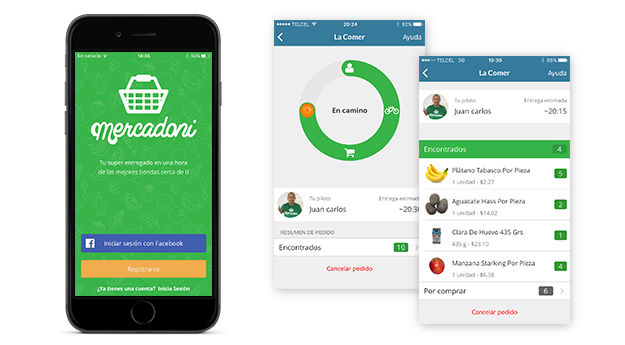
Mercadoni, through its image, its interface and the visual style of its communications (color palette, icons, illustrations …) transmits accessibility, closeness and youth while Cornershop evokes a feeling of premiumness and exclusivity, very aligned with its offer of stores and its brand essence.
FRESH: Cornershop bags that contain “free time”.
ROTTING: An aspirational brand like Superama, built on quality and service should aim for a more sophisticated identity.
MOBILE APP
IT IS BETTER NOT TO PROVIDE A SERVICE THAT PROVIDES A DISABLED
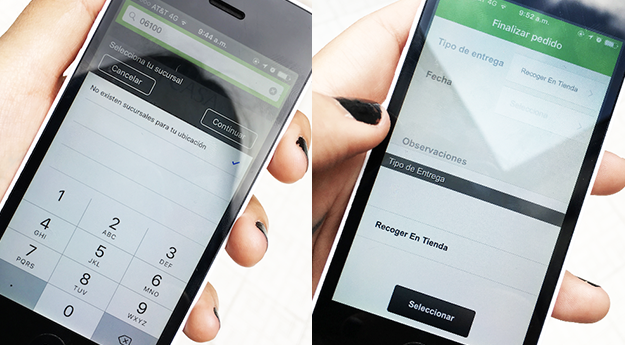
Today’s consumer, saturated with supply and hyper-demanding, is tough and intransigent with brands. Educated thus by technology, he hopes that if something exists, it works.
The fact that Bodega Aurrerá does not have a mobile application may not surprise or annoy anyone. It is not harmful to the brand. On the contrary, having a “home buying” platform that only serves to collect your order in store, such as the one in La Comer, is negative and counterproductive from the mark point of view.
FRESH: Stable platforms and reliable services such as Cornershop.
ROTTING: The misalignment between the expected function and the real function of the digital platforms.
BRAND
IT IS NOT SUFFICIENT TO COMPLY, EXPECT THE EXPECTATIONS
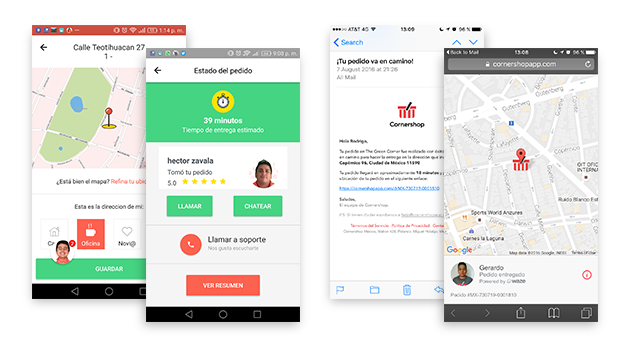

Defining a value proposition is crucial to success as a brand. You have to promise and deliver and, as much as possible, surprise by giving a little more.
Being more conservative in calculating their shipping times, Rappi manages to meet delivery times and sometimes improve them. Receiving a link from Cornershop to give a physical follow-up to the order also surprised us.
FRESH: The real-time update of Mercadoni products found.
ROTTING: Discover, after placing your order, that your postal area is not served by Soriana.
DOWNLOAD THE FULL REPORT HERE
Spanish version only
